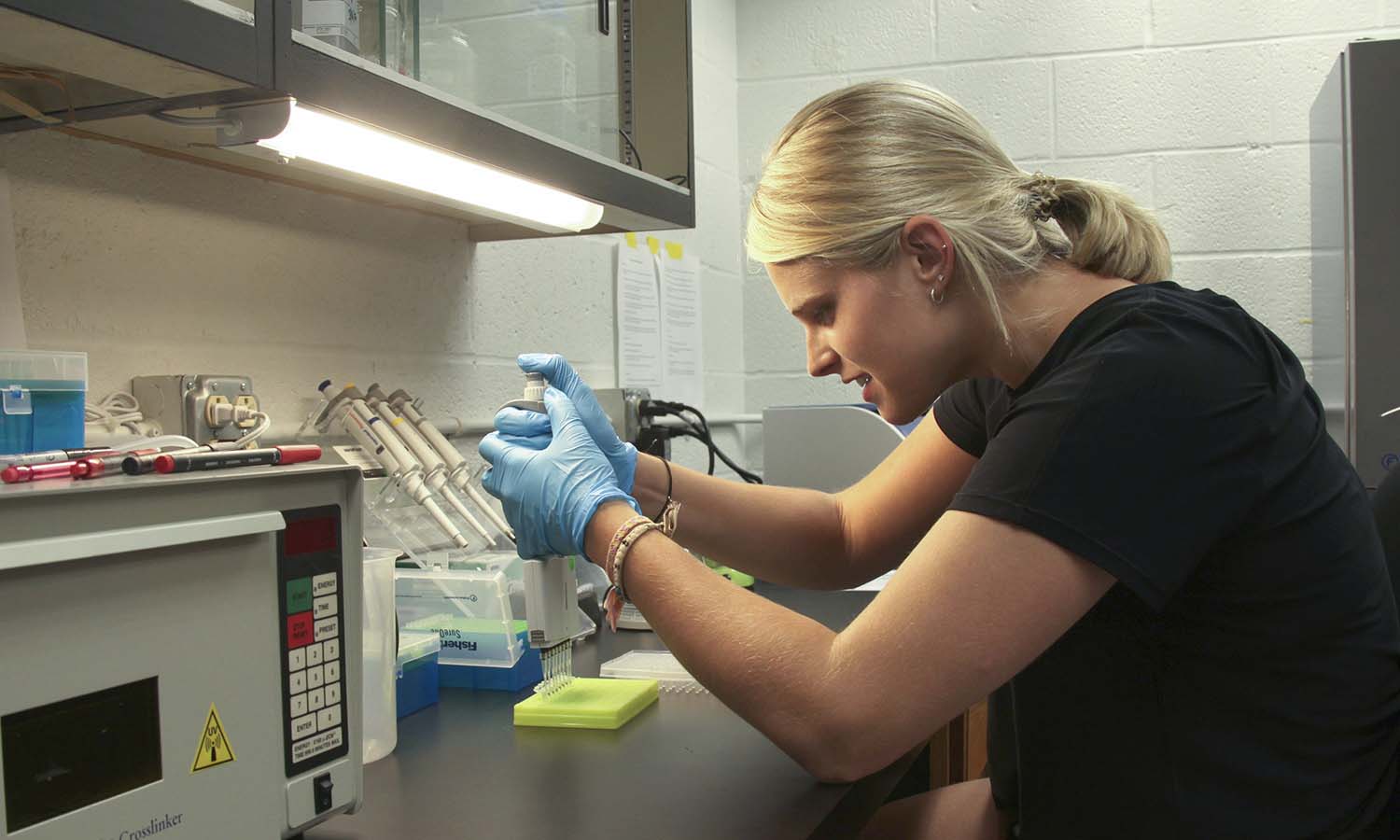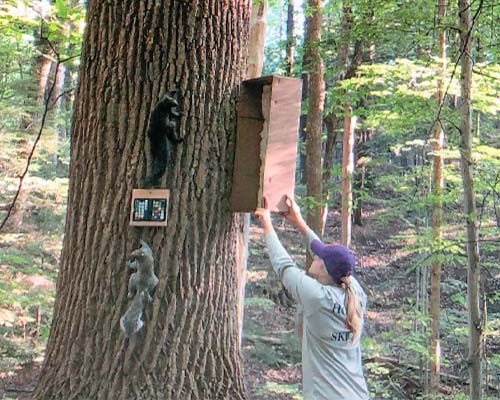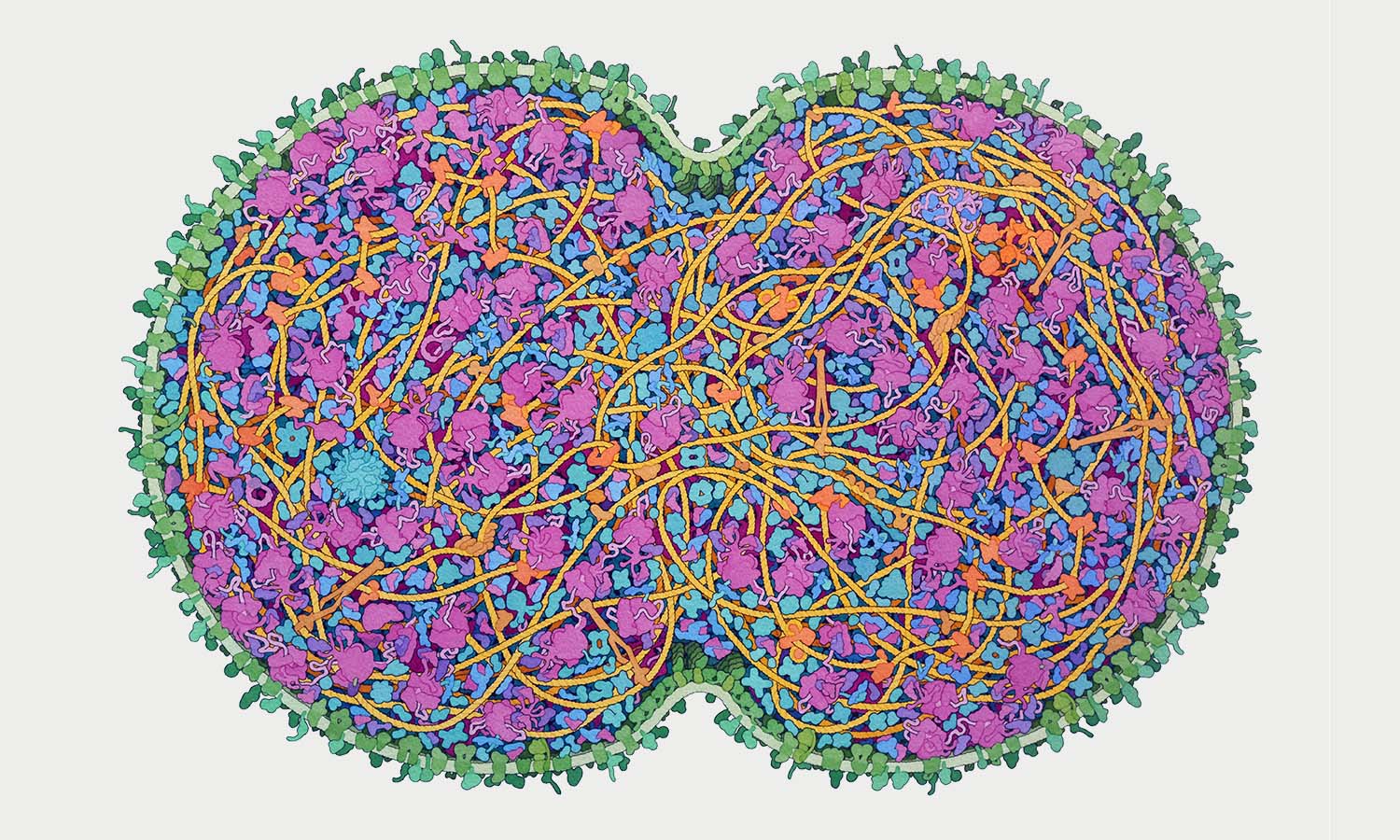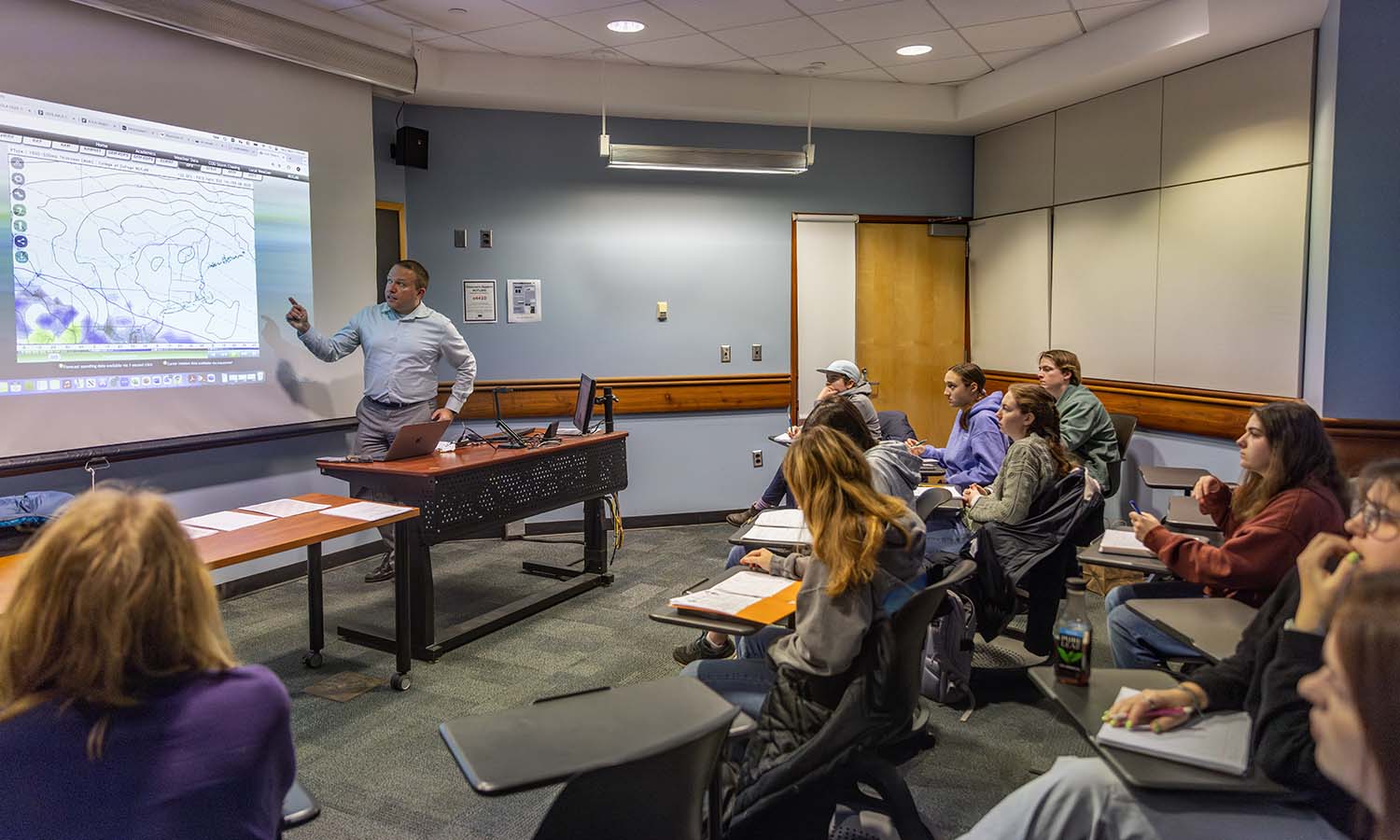
HWS News
16 April 2025 • Alums From Squirrels to Symptoms: How Research Prepared Bryan '20 for Medicine
As a medical student at Dartmouth’s Geisel School of Medicine, Alessandra Bryan ’20 applies her undergrad skills researching urban ecology to understand underlying patient conditions.
Alessandra Bryan ’20 always enjoyed research. Working with Professor of Biology Bradley Cosentino every summer as an undergraduate gave her a chance to examine the microscopic world and then to zoom out to connect the dots and understand the bigger picture better.
Calculating those contrasting perspectives is key to her research as a medical student at the Dartmouth Geisel School of Medicine in Hanover, N.H. “The balance between macro and micro: It’s really easy to see how that plays out in medicine,” Bryan explains.

Using symptoms to find out the underlying genetic or environmental reasons for a disease or condition parallels the approach she applied to her genetic research on salamanders, gophers and squirrels with Cosentino at HWS.
Cosentino first noticed the abundance of black squirrels in Rock Island, Ill., during his early career, unaware the observation would shape his future research in evolutionary ecology.
In 2012, he started collaborating with Distinguished Professor of Environmental Biology James Gibbs at SUNY ESF, who had created a “Squirrel Mapper” citizen science program to track squirrel color variations. Cosentino and Gibbs secured National Science Foundation funding to advance the "SquirrelMapper" and related projects.
By 2019, Cosentino brought Bryan onto the project. Researchers already knew vehicle collisions were a major cause of squirrel deaths in cities. Interestingly, black squirrels had an advantage over gray ones: their darker coats made them more visible to drivers. In contrast, gray squirrels blended into asphalt, increasing their risk, whereas in forests, their camouflage offered better protection from predators.
To test this, Bryan used taxidermized squirrels, photographing them in forest and urban settings to create the Squirrel Spotter Game. The game measured how quickly players could detect black vs. gray squirrels. As expected, black squirrels were easier to spot in cities.
Bryan found it compelling that those urban areas, often blamed for harming biodiversity, might actually favor black squirrels. Cosentino adds the work highlights how humans shape evolution—an idea still disputed by many. “It’s also interesting since this is an organism people know. Evolution in your backyard is something we really try to emphasize,” Cosentino says.

The research Byran wrote as an Honors student in 2020 was furthered this year by an M.S. student, Jess Proctor at SUNY-ESF, where Cosentino is an adjunct instructor. Bryan, Proctor and Cosentino are listed as co-authors of the article in Urban Ecosystems, an international journal focused on scientific investigations of the relationships between socioeconomic and ecological structures and processes in urban environments.
This research, Cosentino says, allows people to deepen their understanding of how cities shape evolution and as such, gives us an opportunity to be more mindful in city planning.
For Bryan, her years working with Cosentino in the Biology Department taught her a balanced approach to scientific research. “Brad was an incredible mentor to me," she says. "He taught me everything about the scientific process, including how to design hypothesis-driven research studies, collect and analyze data and present my work by writing and public speaking. It was through his guidance that I learned how to conduct thoughtful and detail-orientated research, which are skills that have already directly translated into my medical career and clinical research experiences."
Bryan, who graduated from HWS with a double major in biology and Spanish & Hispanic Studies and minored in chemistry, will use that approach in her career to help patients more meaningfully. Digging to find the root causes, she says, is what medicine is all about.
“Being able to travel to the deep, molecular and microscopic levels of a certain disease or syndrome and truly understanding the biological processes at hand, are crucial to shed light on why a patient is experiencing their symptoms. But, the ability to zoom out to the macroscopic level to discuss and explain a patient’s disease to them in terms of their life and what they value is arguably the most important aspect of medicine," Bryan says.



